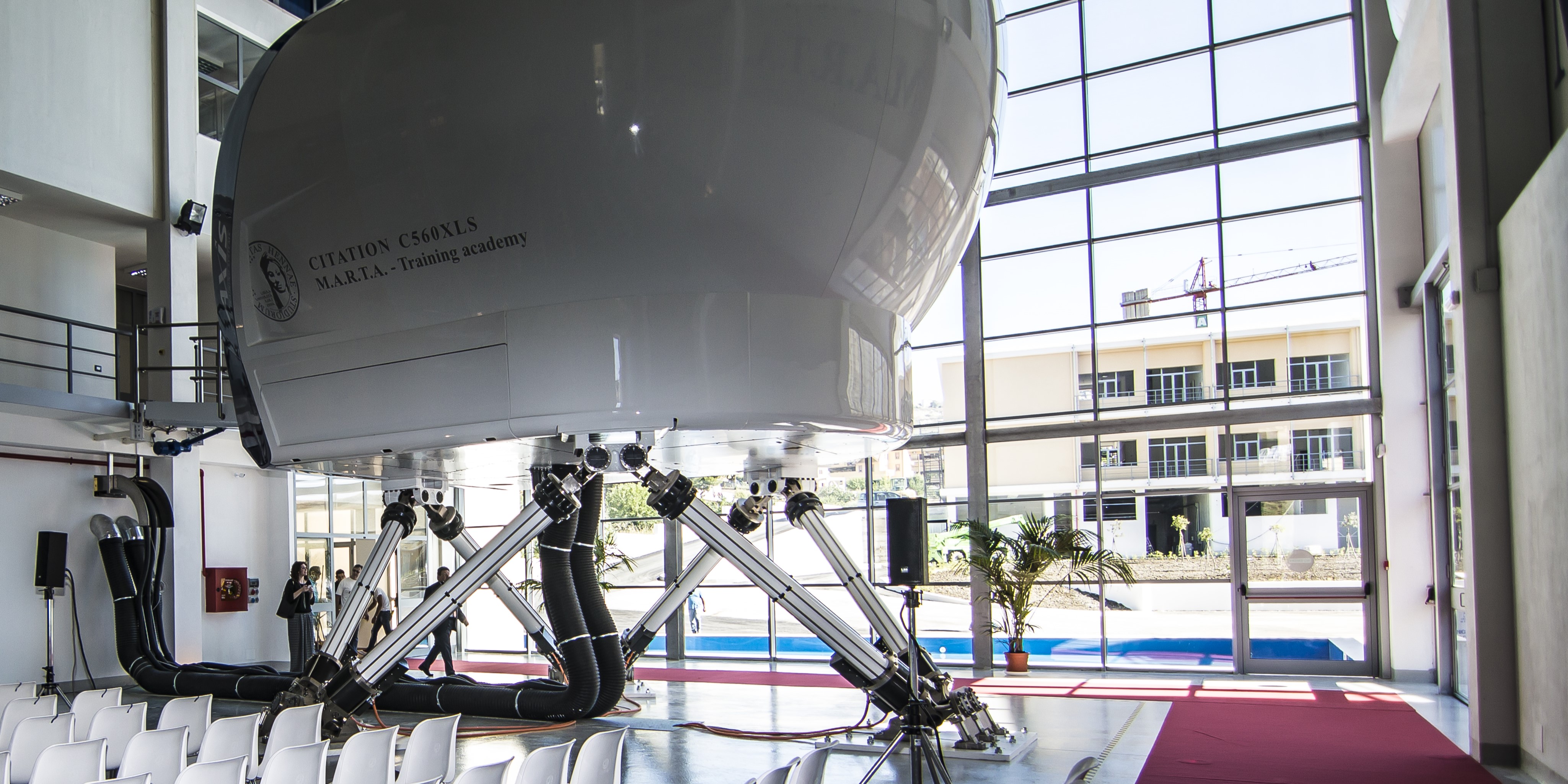
Temporal and Spatial Coupling Methods for the Efficient Modelling of Dynamic Solids
Please login to view abstract download link
The spatial discretisation of structures is directly related to the accuracy of the explicit finite element method, when modelling stress wave propagation. Governed by the Courant-Friedrichs-Lewy condition, the critical time step is proportional to the element size, and inversely proportional to the dilatational wave speed. This leads to the trade-off between a better accuracy and computational overhead for a finer discretisation. For composite materials this entails that, even for uniform meshes, the time step for the entire domain is limited by the component with higher wave speed. This can lead to large regions of a domain integrating at a time step much smaller than required, unnecessarily increasing computational overhead. Firstly, this work presents a novel multi time stepping algorithm that allows phases of a composite to advance independently through time. Unlike existing algorithms, this method circumvents any integer or constant restriction on time step ratio between subdomains. Outstandingly, it performs fewer computational steps than the state-of-the-art asynchronous integrators. The proposed method proves to be stable with equal coupling energy computed on the interfaces of subdomains. Significant speedup in simulation time – over 3X in comparison to single time step simulations – is achieved when modelling the propagation of elastic and plastic stress waves in three-phase metaconcrete, proving the validity and computational efficiency of the method presented. We also propose a technique for the explicit coupling of non-matching meshes, without the use of Lagrange multipliers or solving an additional system of equations, therefore allowing areas of low stress gradients to use a coarser spatial discretisation. Subject to impact loading, our method relaxes the need for very fine elements to conform with these coarser regions. However, if elements are unable to capture the high frequency content of stress waves, we highlight the issue of spurious wave reflection and mitigating methods to filter them are developed. Both algorithms allow for the concurrent coupling of several composite components, each with their own respective time step and mesh refinement. The algorithms are demonstrated in three dimensions, with the option of independent element formulations. Consequently, with these two techniques, modelling stress wave propagation in composite materials is vastly accelerated.
